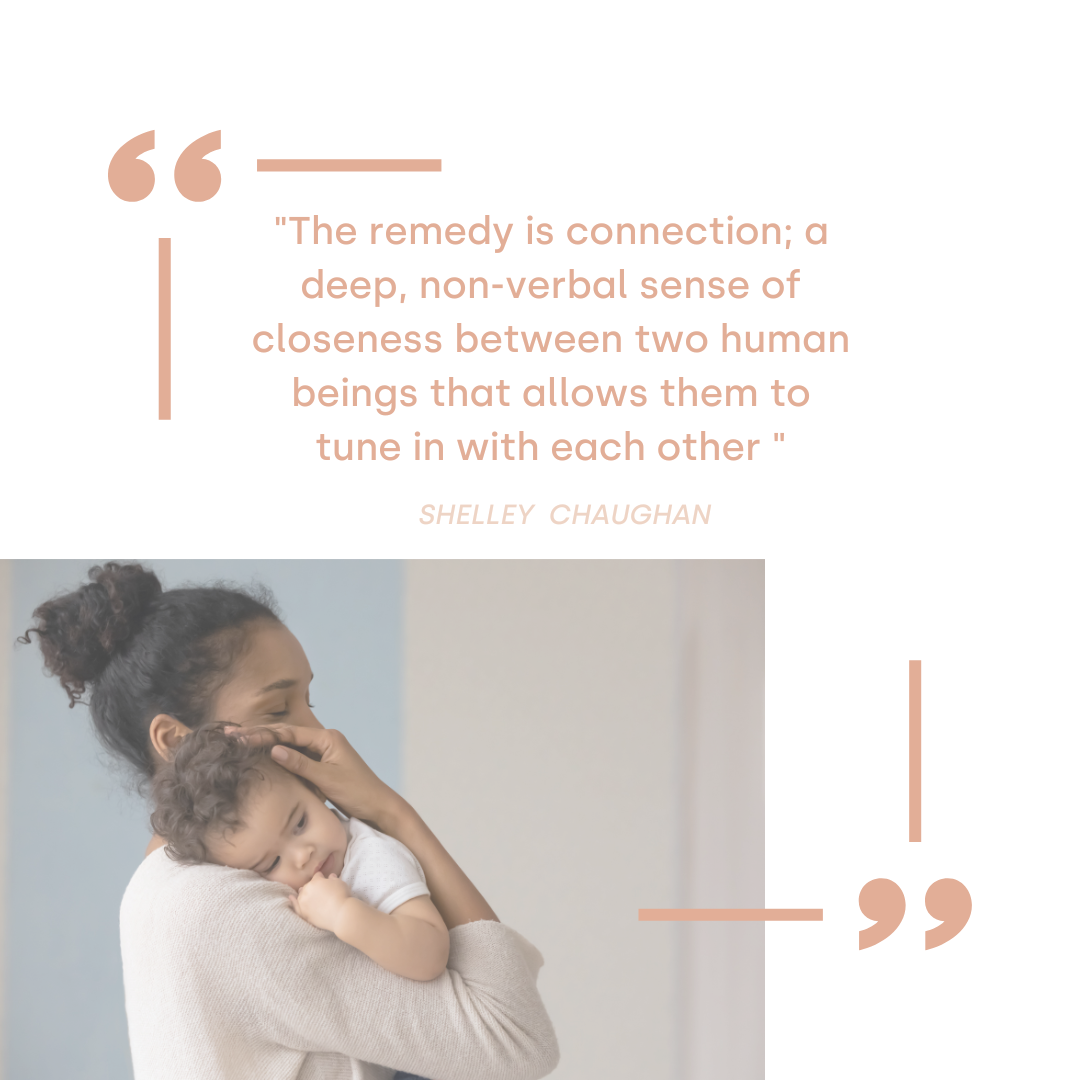
The development of secure relationships between teachers and children is reliant on the teachers having an intentional focus on relationship development, along with the back- up of organisational practices or programmes that are specifically designed to support teachers’ abilities to create relationship development opportunities. This intentionality of practice would include: having consistent teachers available to specific children, where they can deliberately make time to be ‘present’, to respond consistently and sensitively to the infants and toddlers changing needs and preferences.
Centres would have specific programmes developed to ensure teachers are able to engage in daily routines that build a sense of safety and security and engage in interactions to promote heightened levels of intimacy. Such relationships are facilitated through a sophisticated reading of children’s body language, and a thorough understanding of the very subtle cues given by children of this age; in-tune teachers who truly know the children they care for are more able to quickly and correctly pick up on these subtleties. These types of relationships are complex and go far deeper than just meeting a child’s immediate needs. They are deep, meaningful and key life experiences.

1. Consistent Teachers
2. Care Routines
We must avoid playing pass the baby/toddler. This is done by having a consistent teacher, one who will learn the child’s subtle language and cues. This teacher will take the lead in the care and routines of the child spending uninterrupted time together as they learn about each other. This teacher will create security by teaching trust, by being dependable, available and consistent. This secure base is in essence an opportunity for infants and toddlers to refuel, to fill their emotional cups. The child initiates this refuelling as they touch base with their key teacher like a touchstone thus giving them the courage to continue independently exploring.
2. Care Routines
Routines are curriculum in an infant and toddler space. Teachers involve infants and toddlers in all care routines, they do things WITH the child not TO the child and don’t work around the child or distract them to get the job done faster, thus allowing the child to become an active participant rather than a passive recipient. It’s important to avoid rosters/duty lists or daily responsibilities, such as being rostered on nappies, outside, inside etc. This practice ensures consistency for the child and reduces the amount of ‘hands and faces’ the child is exposed to. Teachers should not rush the infant/toddler during these care routines, but slow down and communicate with them. A key mantra for all infant and toddler teachers should be: SLOWLY SLOWLY SLOWLY.

written by
Raewyne Bary
(EdD)
Raewyne has an ENORMOUS amount of experience and knowledge in ECE, Primary Caregiving and RIE philosophy. Not only that, but Raewyne has completed a PhD, and her research focus was on the impact of organisational culture on the ability of teachers to form attachment type relationships.
It was through this mahi that Raewyne deepened her understanding of how rosters can and do impact on relationship development.Raewyne was also part of the team at Massey University Childcare Center who was a leader in the field at implementing primary care giving, and who has shown us all that we can in fact work without rosters in an infant toddler space, and that this is best practice for this age group.
She has also been part of a three year Center of Innovation research project which explored leadership impacts on outcomes for infants and toddlers. This was further connected to the center's community of practice philosophy where the team worked without rosters, in a primary care system.
